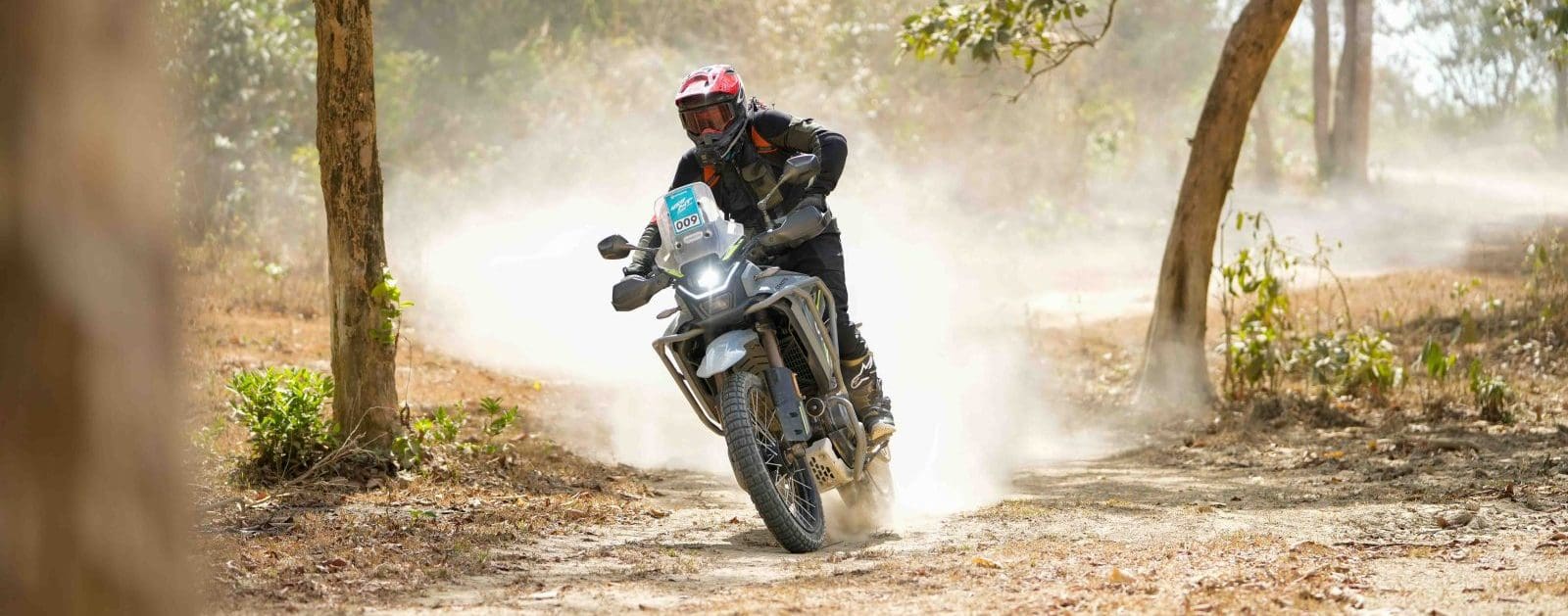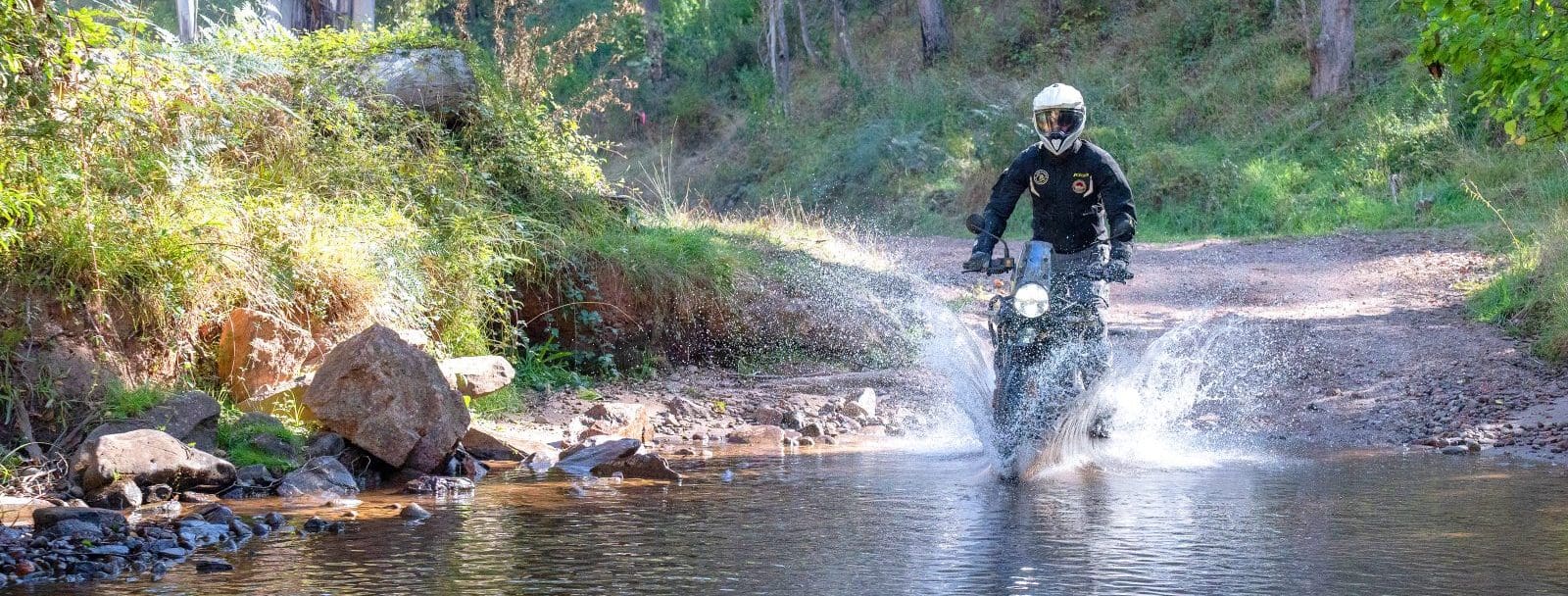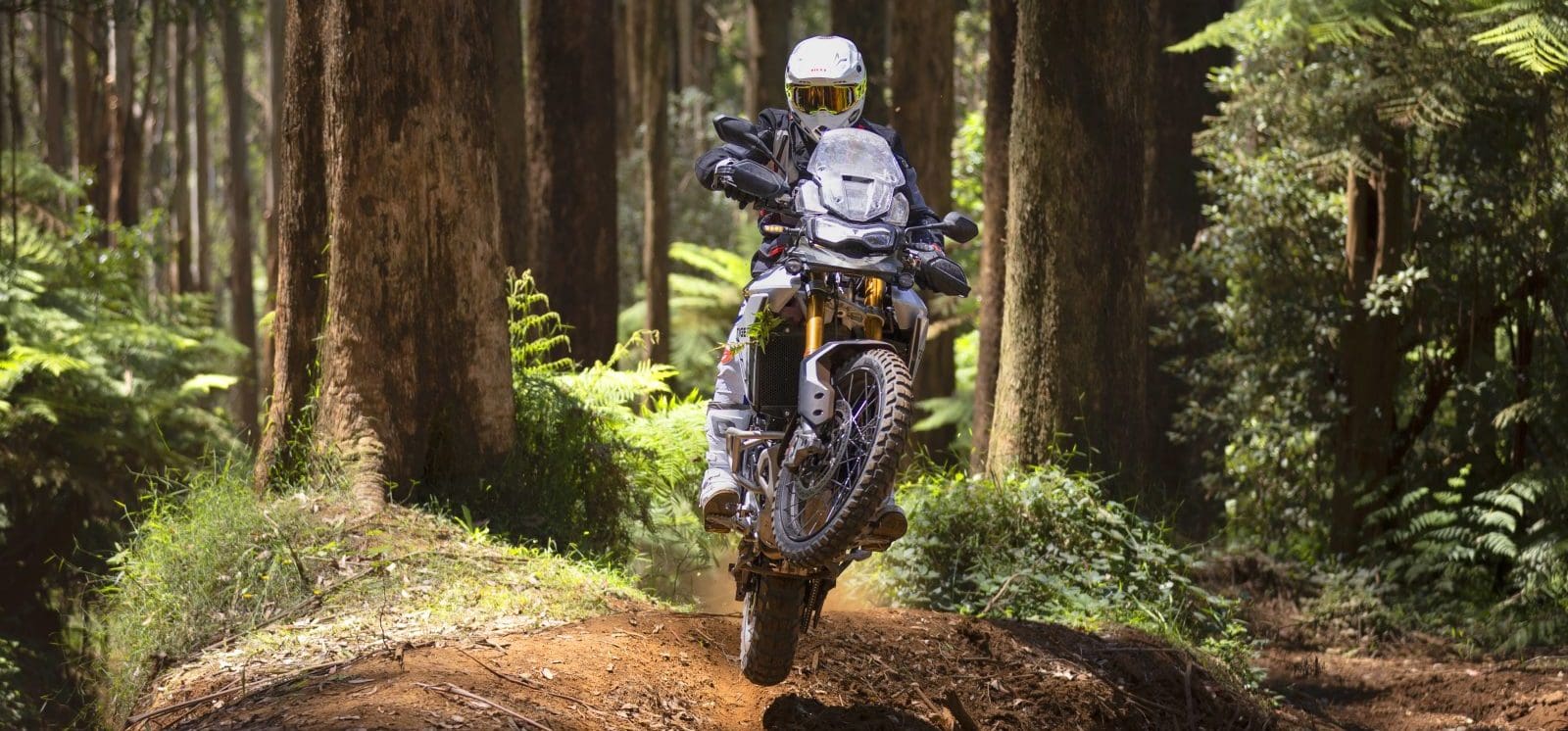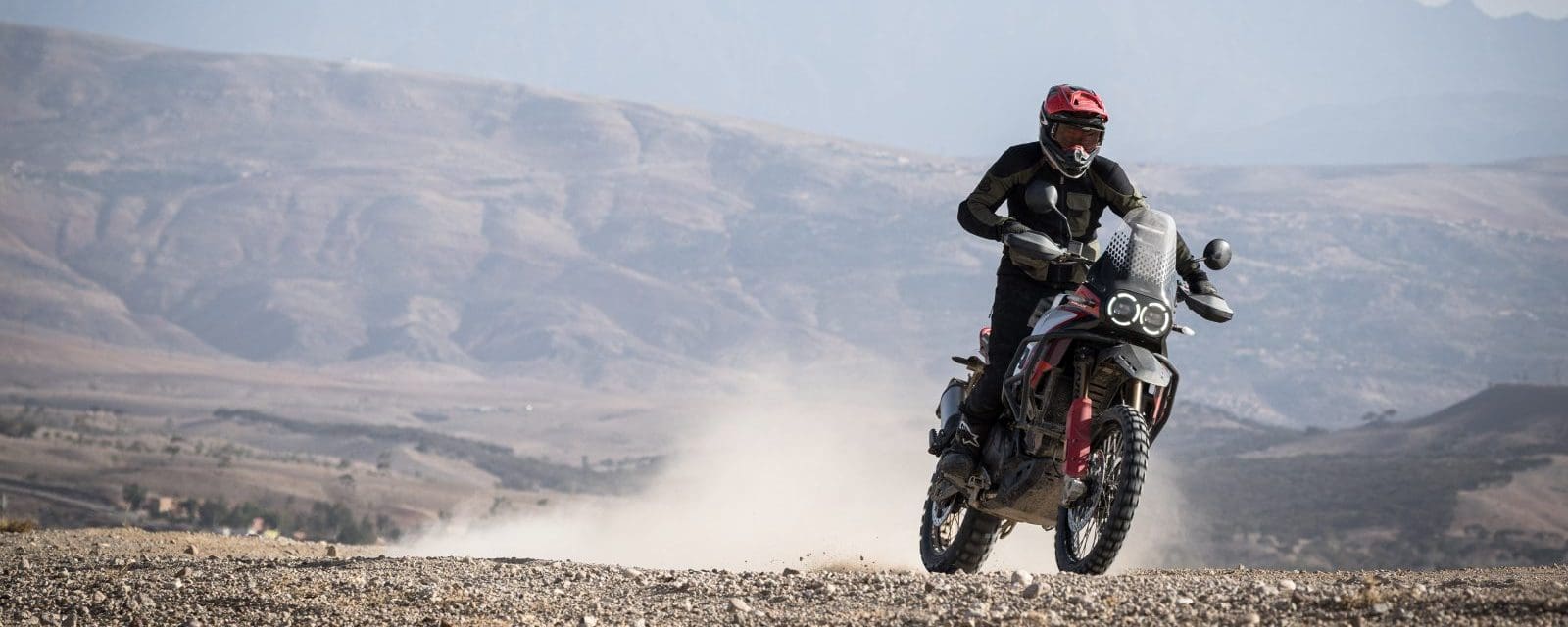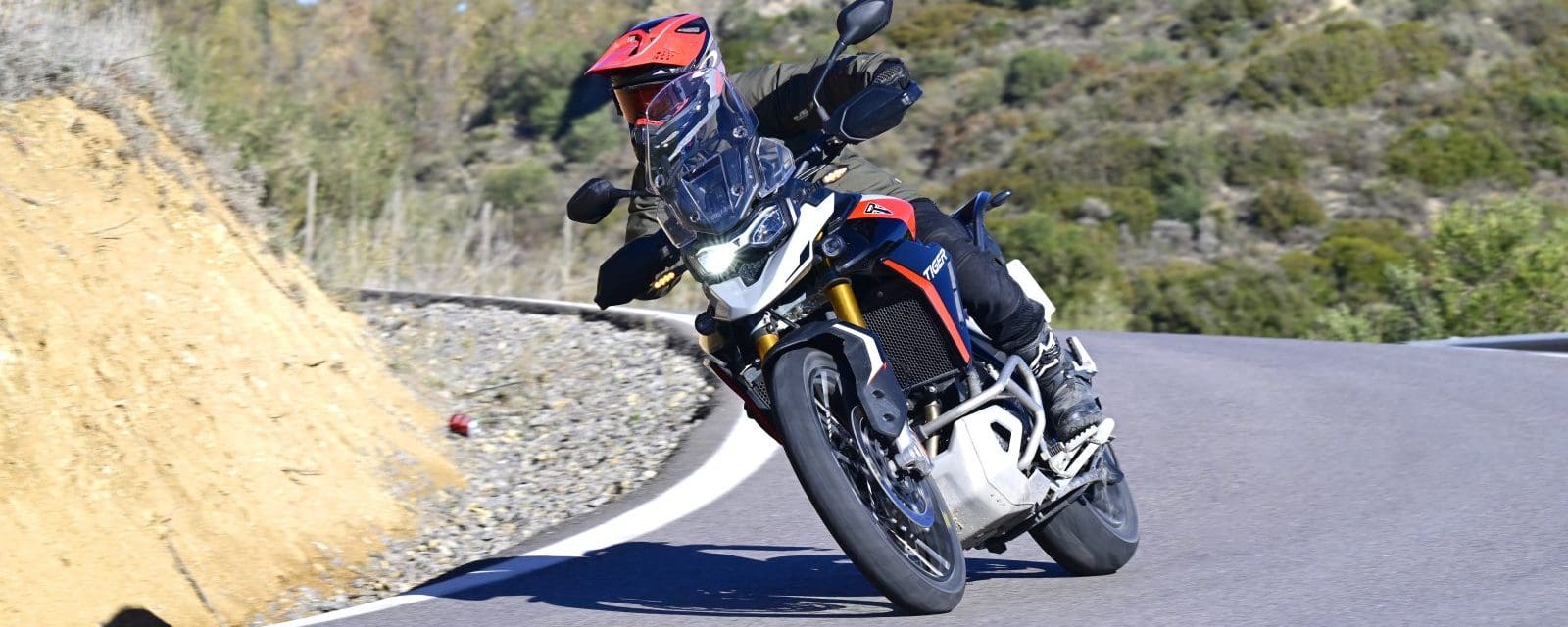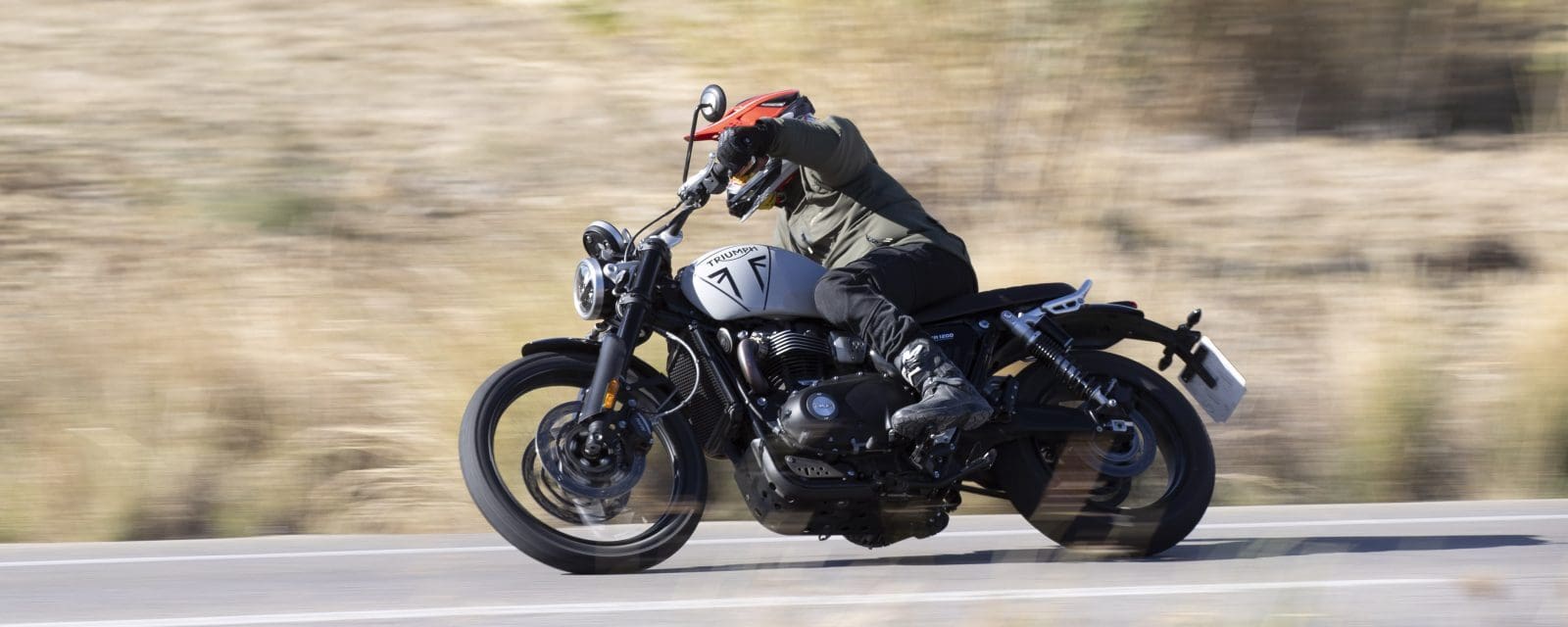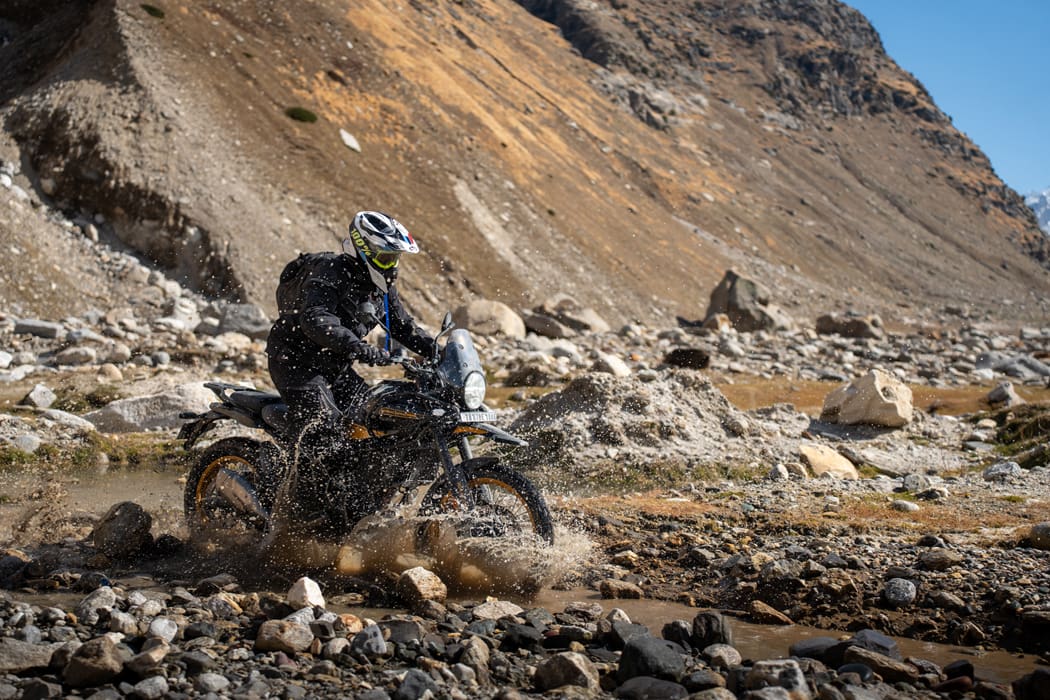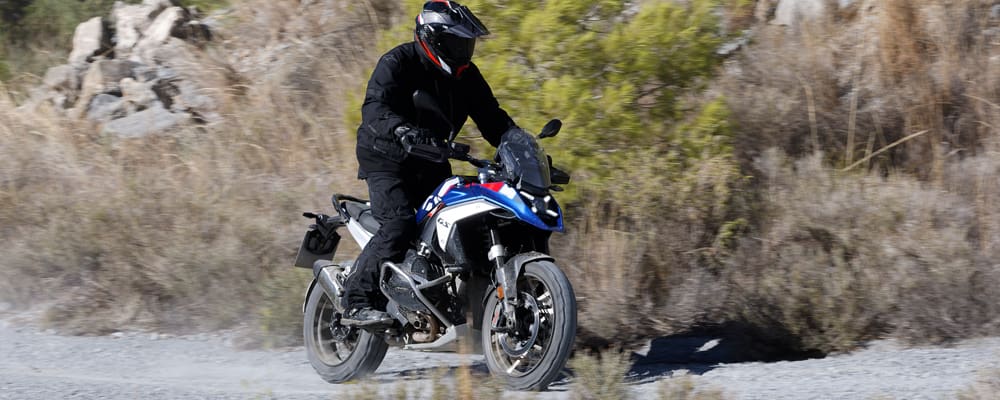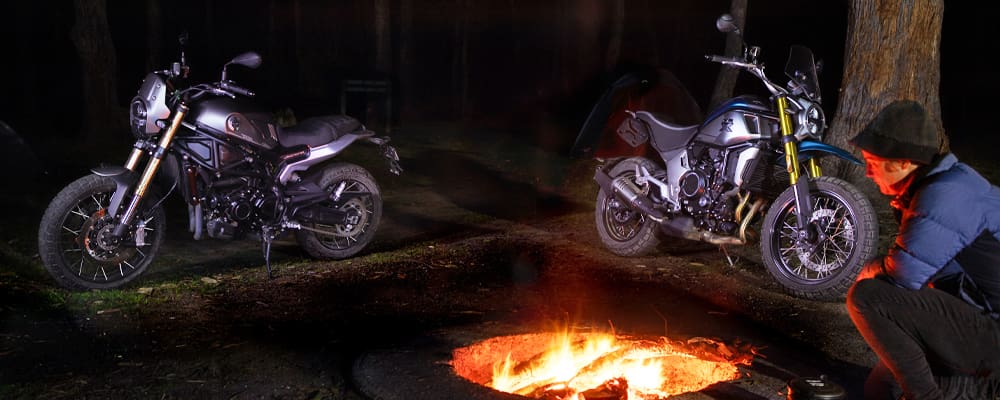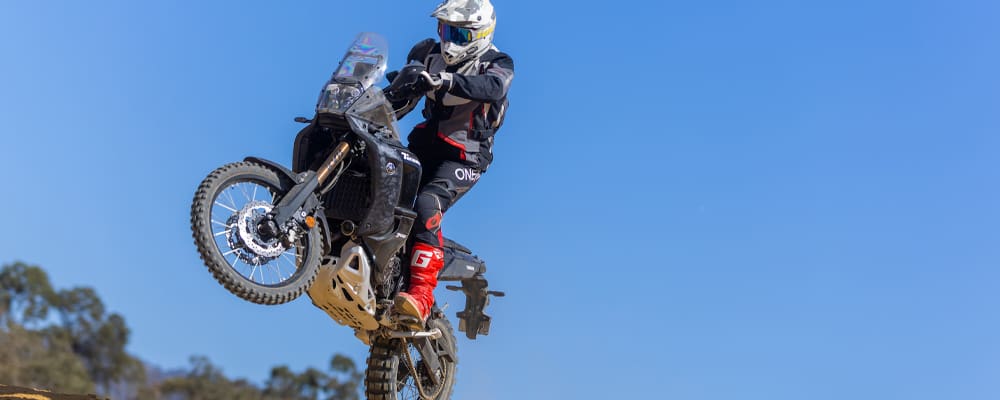Suzuki’s updated V-Strom 1050DE (AMCN Vol 72 No 18) stands as an example of the brand’s intention to breathe more off-road potential into the V-Strom range. In that regard, the 1050DE is certainly a step forward compared to the big-bore V-Stroms that came before it.
And now Suzuki has upped the ante even further with the introduction of its all-new V-Strom 800DE. Suzuki reckons the 800 is the most off-road ready V-Strom yet and, after stepping off the 1050DE a couple of weeks ago, and riding the 800DE machine in New Zealand recently, I firmly agree.
The 800 is not a replacement for the V-Strom 650 – the standard 650 is a fine roadbike capable of tackling some light off-road terrain but will never be accused of being a true off-roader. The 800 on the other hand can be, as it’s a far superior beast off-road than either the 650 or the 1050, which is what Suzuki set out to achieve when designing this new machine.

Even prior to riding the 800, a quick perv at the specs sheet spells out Suzuki’s intentions for its new adventurer tourer. There’s the new and compact parallel-twin engine out of the all-new GSX-8S, long-travel suspension, a 21-inch front rim and a squat windscreen, as well as switchable ABS with gravel ride mode – all the things a good adventure bike should have.
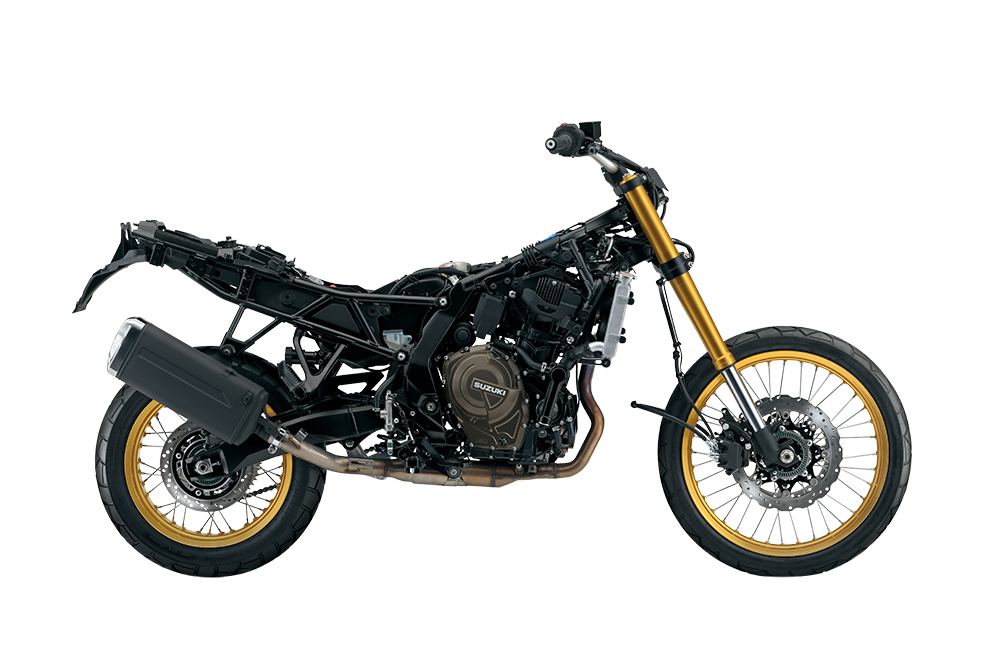
Okay, so let’s dispense with the hand-wringing and belly-aching I’ve noticed online straight off. Now that it has a parallel-twin powering it, no it shouldn’t be called a P-Strom. Not only does it sound lame, but according to the Suzuki marketing department, V never actually stood for V-twin, anyway. No, apparently it stood for versatile and so the V-Strom name persists in this latest iteration… and as if a marketing department would ever spin a story to suit its own ends.

The new Euro 5-compliant 776cc parallel-twin features a 270-degree crank giving the P-twin a firing order similar to a V-twin, theoretically giving the 800 a punchy V-twin-like bottom end – which indeed it has. Forged pistons both increase strength and reduce weight, while each boast a conically machined wristpin hole which, according to Suzuki, transfers load more evenly which reduces stress on the piston crowns.
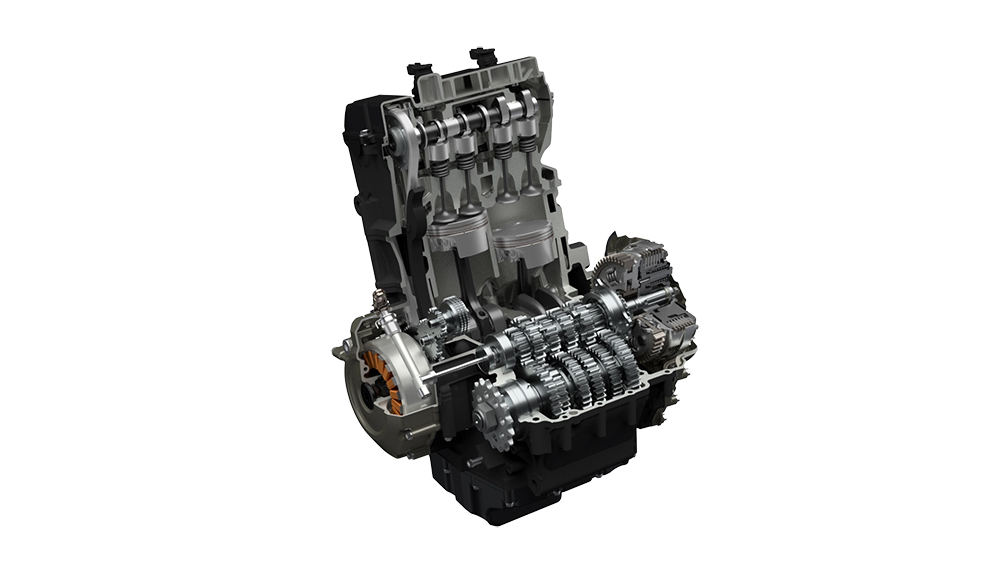
More rigid connecting rods promise better durability during their hellish journey, while the aluminium cylinders feature Suzuki’s Composite Electrochemical Material (SCEM) plated barrels that are said to reduce friction and dissipate heat more effectively.
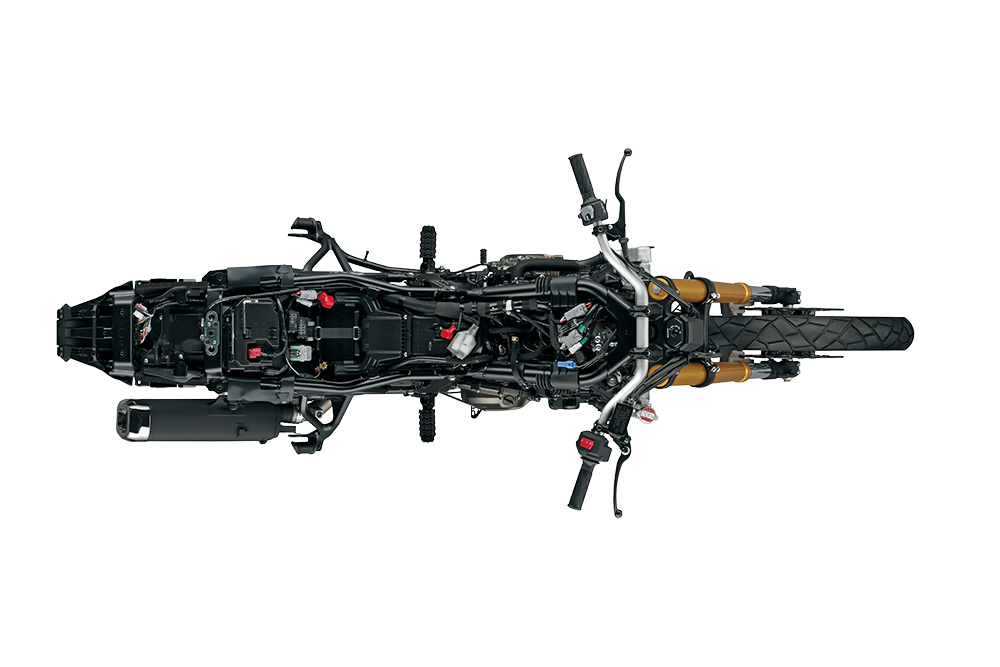
Keeping engine vibration to a minimum is a stacked dual-counter balancer that has both balancers sitting at 90-degrees to the crank, with each balancer responsible for smoothing the vibes from either pot one or pot two. According to Suzuki, the 800DE is the first production motorcycle to use such a system and it keeps the whole ensemble more compact.

Wringing the ride-by-wire throttle feeds fuel from the 800’s 20-litre tank to the water-cooled engine via an electronic fuel injection system and 42mm injectors. Suzuki’s shiny new mill has a claimed maximum power output of 62kW (83hp) at 8500rpm and maximum torque of 78Nm which is delivered at 6800rpm. Power and torque are pumped to the 17-inch spoked rear wheel via a six-speed gearbox, with shifting handled by a two-way quickshifter.

Gone is the aluminium twin-spar frame of the 1050 and 650, replaced by a more conventional steel affair, while a (non-detachable) steel subframe has been beefed up to handle passengers, luggage and the rigours of off-road use.
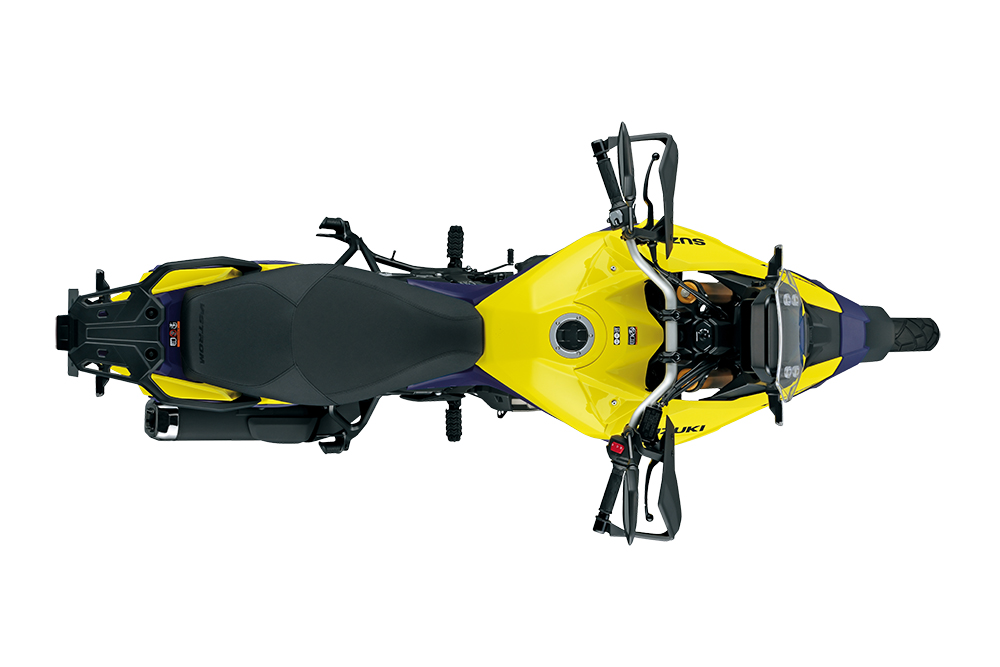
The suspension is a major talking point with the new 800, because in the past it’s one of the areas that probably dragged the V-Strom name into the mud, so to speak; it was decent on road, but not much chop off it. The front-end is adorned with a fully adjustable Showa fork that supplies 220mm of travel, while the rear shock, which also provides the same travel, is adjustable for rebound and features a tool-less external adjuster to tweak the preload.
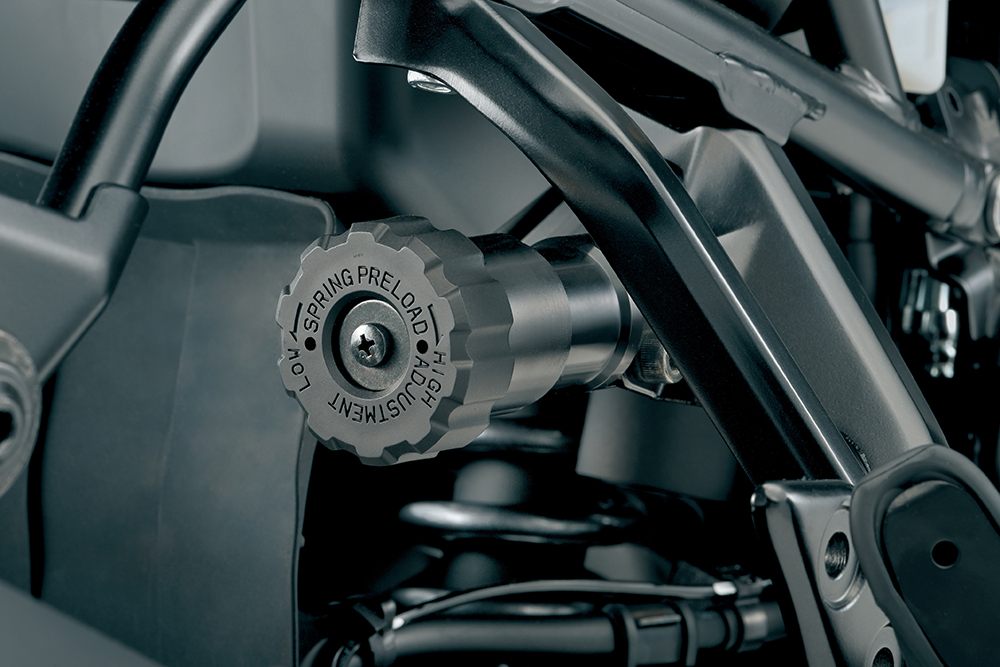
It’s the extended travel on offer that sets the 800 apart from previous V-Stroms. For instance, the 650 offers 150mm on the front and 159mm on the rear, while even the new 1050DE only offers 170mm and 179mm. This extra travel allows the 800 to engage more serious off-road sections and bigger obstacles without hitting the bump stops – and even the occasional erosion-hump launch isn’t out of the question.
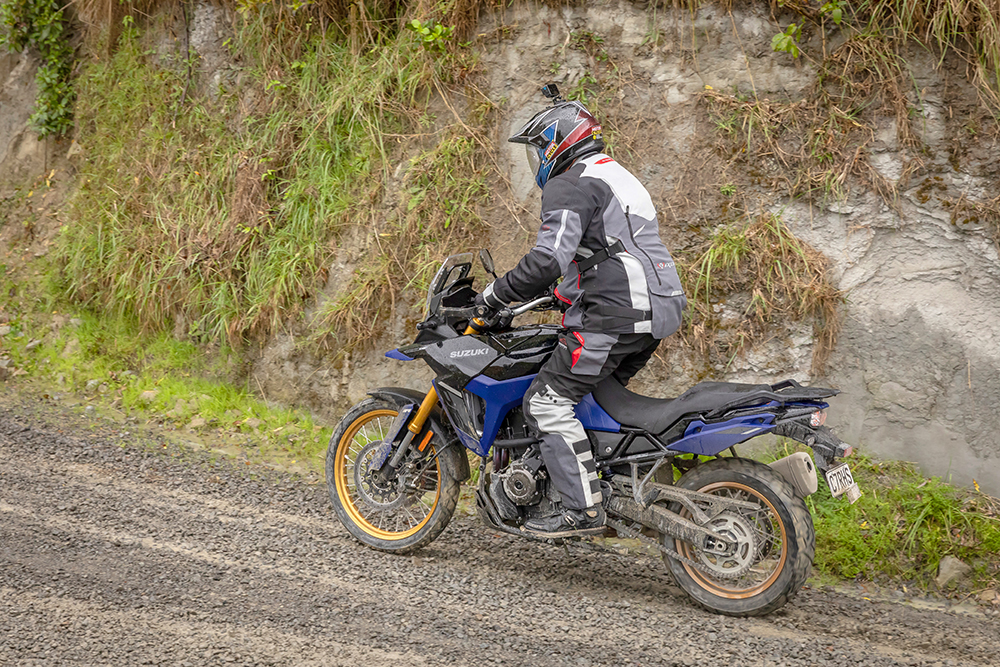
Due to the crap weather on the launch, I didn’t have the chance to really test the suspension. At muddy road speeds it was just fine, ploughing through craters without destroying ankles, wrists or back; it provided me with a good dose of confidence. The rear shock can get into a tizz when exiting corrugated corners, but apart from that both ends offer a plush ride and there’s always adjustment at your fingertips if you need more or less damping. Having said that, I’m looking forward to a more extensive off-road test in the near future and if I get the call up I’ll take it bush and try to break it.

Braking is handled by a trio of Nissin calipers gripping a pair of 310mm discs on the front and 260mm on the rear, with switchable ABS on hand to cover your arse. And when it comes to the electronics package, the 800 is almost identical to the 1050DE: it uses the same five-inch colour TFT instrument cluster, offers four ride modes (A, B, C, and G), switchable traction control and LED lighting, as well as a USB power outlet on the dash, plus a 12-volt socket under the seat.
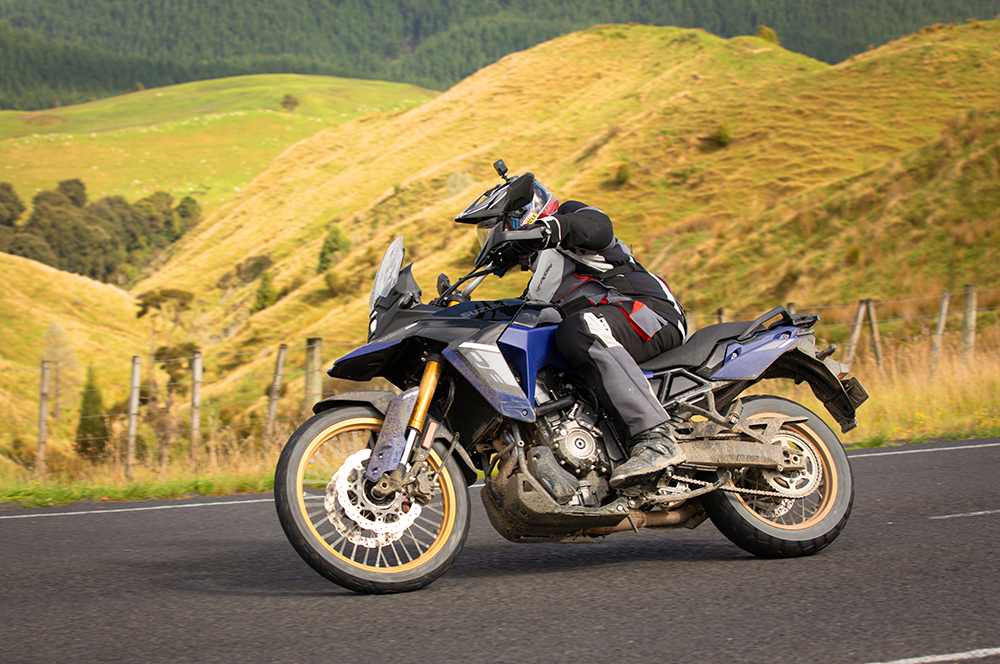
In all of its glory, the 800DE tips the scales at a claimed 230kg, so it’s in the ballpark with most adventure bikes of its ilk. It hides its weight very, very well though, and doesn’t suffer from the top-heavy feel that its 1050 sibling does. Combine that with its 855mm seat height and I reckon you have yourself a mightily approachable adventure bike – even if you’re not six foot tall.

The new frame also means the 800 is a bike that’s skinnier through the waist and one that is less of a compromise when standing up compared to both of its siblings. Standing on the wide steel ’pegs feels natural, and the roomy cockpit and general ergonomics allow you to really move around on the 800 when you’re standing or sitting. I would like some adjustability in the TFT screen to angle it up when standing. I’d also like a shed full of bikes and a butler, but that’s just not on the cards…
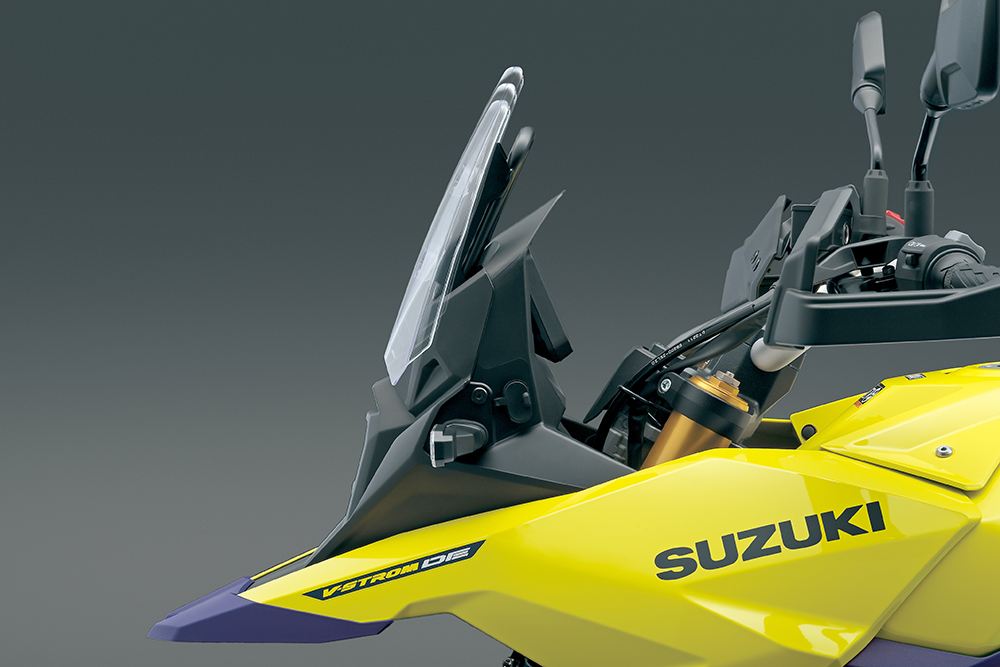
Suzuki had stability in mind when designing the 800 and it has hit the nail on the head. Standing, sitting, fast, slow, road or off-road: the 800 is rock solid. The launch was a rainy affair so the dirt kilometres we did were a combination of mud and deep gravel with the occasional rockslide to contend with. I’m sure as poo not the best off-road rider around, but I have to commend the 800 for its stability and poise in those conditions – especially under brakes, conditions that would normally have certain orifices puckering and sweat glands activating.
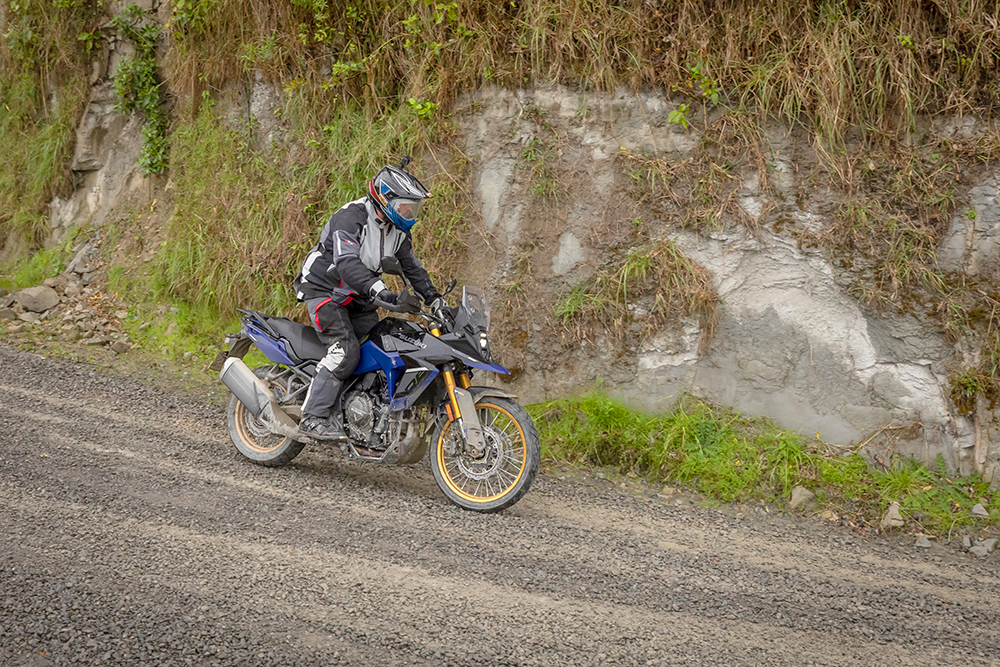
The Nissin brakes have plenty of power and don’t bite with the ferocity that some twin-disc setups do, so it’s easy to modulate the lever for just the right amount of braking without upsetting the front-end when things get slick. Even at highway speeds, there’s enough feel and power in the front and rear to avoid unnecessary activation of the ABS system. ABS can be adjusted to two levels of intervention and can also be switched off on the rear for off-road use.
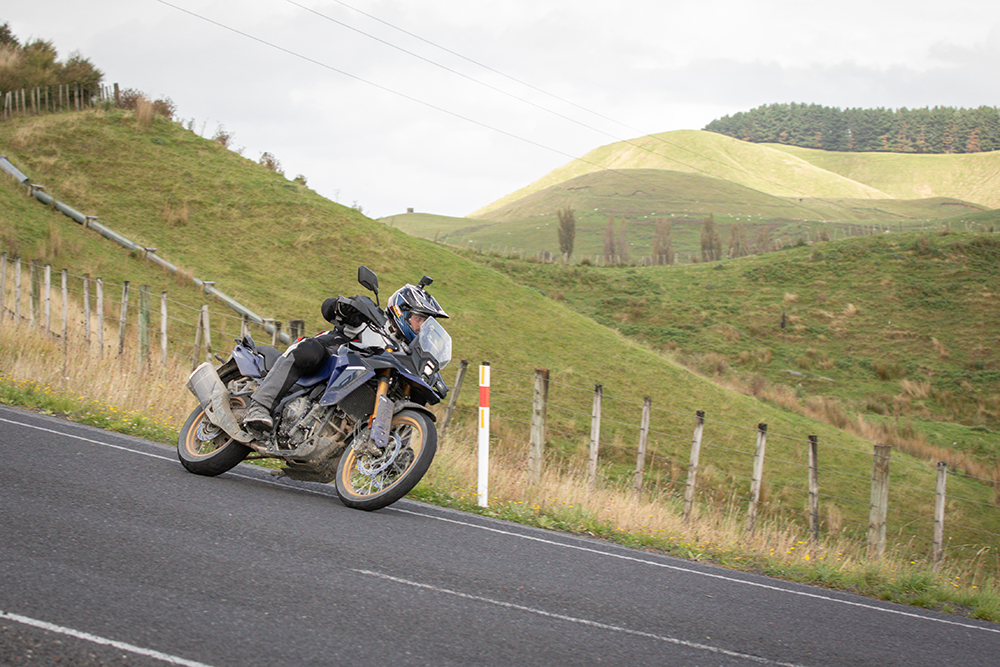
The 800’s donk produces a nice linear spread of torque that’s perfectly suited to off-road riding. The A, B and C modes provide you with all 62kW (83hp) of power, but it’s just the throttle response and power delivery that’s different. A is the sharpest and C is the pussycat. In the loose stuff, the trick is to use the torque rather than bouncing off the rev limiter, and when you do the 800 rewards you with clean, predictable grunt. Flick it into Gravel mode or switch off the traction control and you’ll get predictable and controlled power slides, too.

Like the 1050DE, the 800 has the G mode, which allows you to slide the rear tyre without ending up with it trying to overtake the front. For casual dirt riding and novice riders G mode is on the money, but for more experienced riders or riders that just like being a bit more sideways the system doesn’t quite deliver the drift required to look and feel spectacular.

On the blacktop, the V-Strom’s power comes into play a bit more. The torque is obviously still a benefit and the 800 pulls nicely out of tight hairpin corners, but you can really let the engine sing on the tarmac. Its 62kW might not seem like a lot, but it’s more than enough to cater for most riders without being overwhelming or a handful. It’ll loft the front wheel in second gear and overtaking isn’t an issue – what more do you really need!

I’m a big fan of lower-powered bikes. For one, they give you a level of confidence you don’t get on some fire-breathing monsters and, secondly, they allow and force you to focus on your technique. Now the 800DE is an adventure bike through and through, but it’s also a damn fine road-going motorcycle. It’s extremely comfortable – I was in the saddle for a solid day and returned back to base feeling good. On top of that, it handles really well, so there no reason you couldn’t tour the countryside on the 800 or chase your mates through the mountains.

Some of the credit for the 800’s impeccable road manners can be put down to the Dunlop Mixtour hoops. They stick like poo to a hairpiece on the road and are surprisingly okay on the dirt. That’s not to say I wouldn’t throw them in the bin if I bought one, it just depends on how much dirt you intend on tackling; if the answer is a lot, then something more off-road focussed needs to go on.
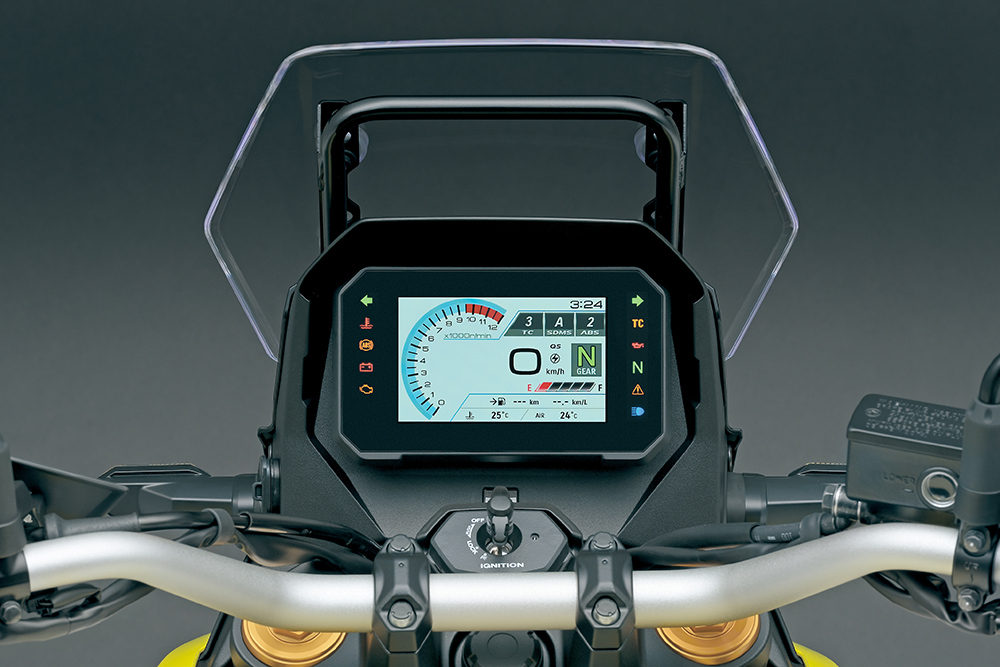
There’s a long list of things I like about the 800DE. The six-litre airbox is stowed under the seat so filter changes while you’re out bush should be a piece of cake. That seems like pretty basic stuff but airfilter access on some modern adventure bikes has become a joke – yes I’m talking to you Honda, KTM and Ducati.

I also really like the menu and controls for the electronics package. It’s just so simple. You can get on a V-Strom 800 and have worked out how to navigate through the menu via the TFT within a couple of minutes. It’s delightfully refreshing not to have to be a software engineer just to turn the ABS and traction control off.
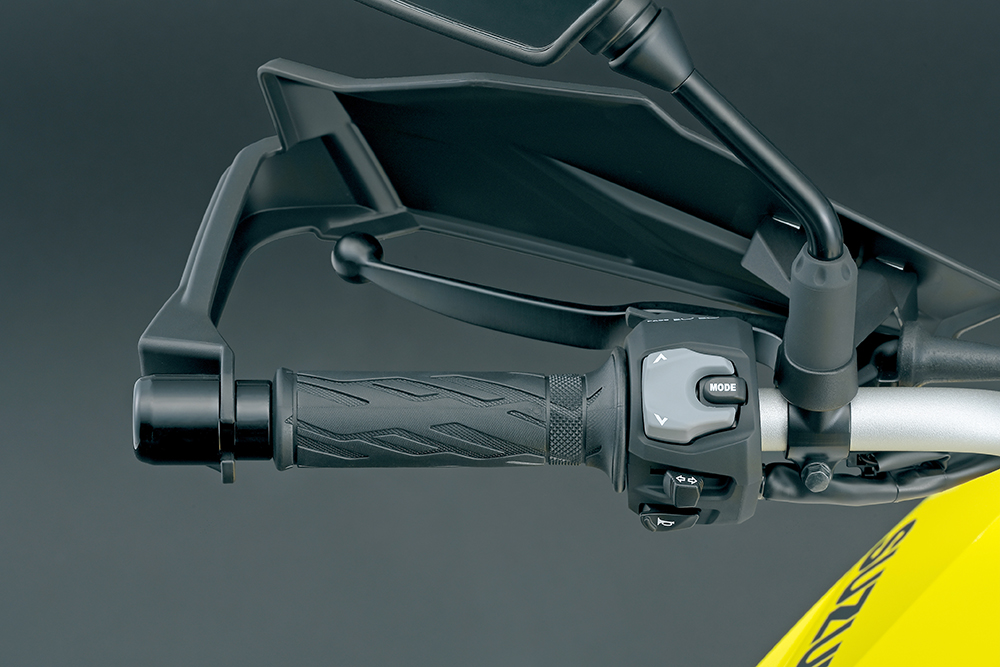
Due to the whirlwind nature of the launch and the atrocious weather, this test wasn’t as comprehensive as I’d like and I’m keen to jump on the 800 for a more extensive test. But, after the 300-plus kilometres I did rattle off, I walked away pretty impressed with the 800’s performance both on- and off-road; it’s a testament to the 800’s wide-ranging abilities that I’m stinging to get back on one for a better go.
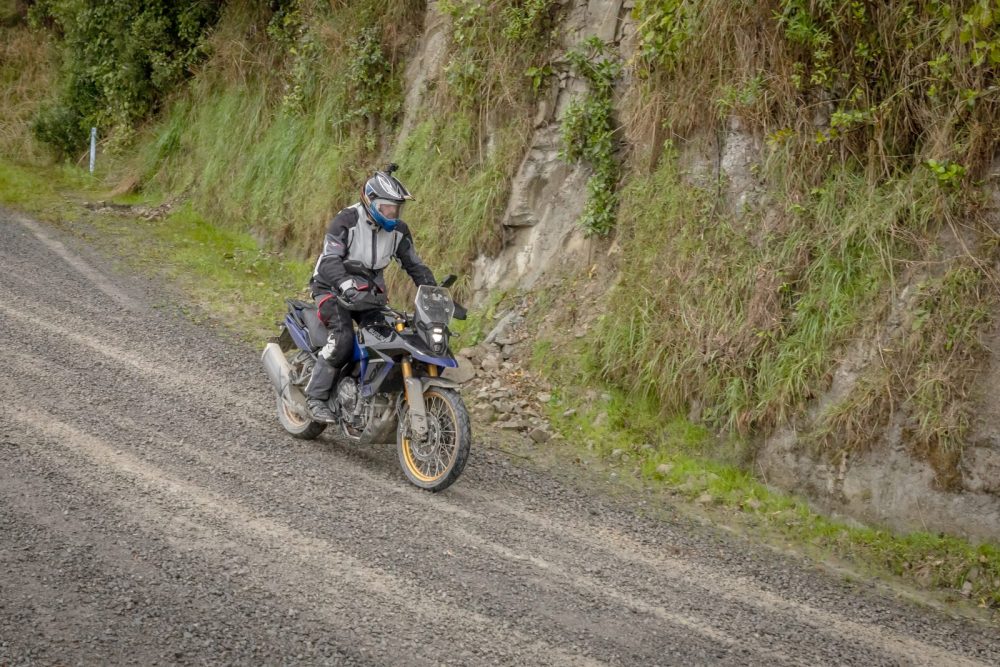
Suzuki has certainly produced a V-Strom that has a greater off-road focus and ability, but given the company has sold 440,000 road-focussed V-Stroms across the globe you need to wonder if that’s what the average Joe wants. Buggered if I know, but I’m confident the 800 will absolutely hold its own with all but the top end of adventure bike town – and the real kicker is the price. For $18,590, you’re riding away on a hell of a lot of do-anything, go-anywhere motorcycle.

TEST: PETE VORST PHOTOGRAPHY STEVE CAUDWELL


